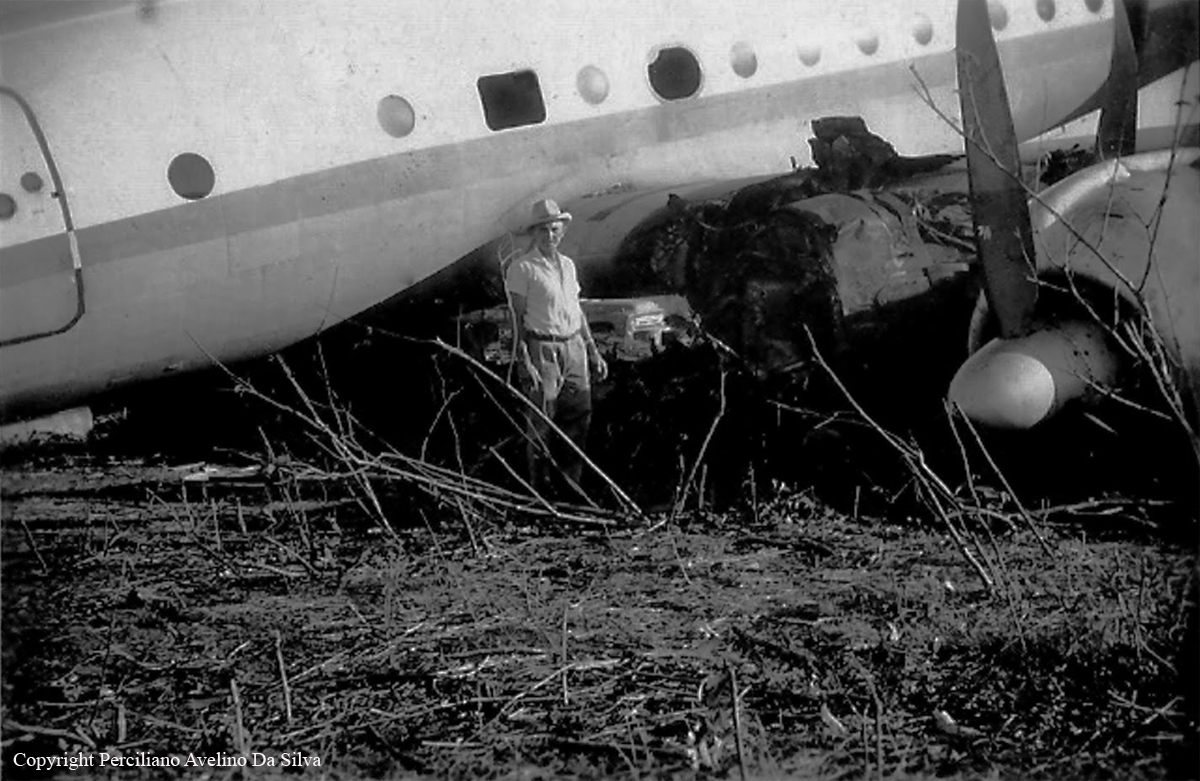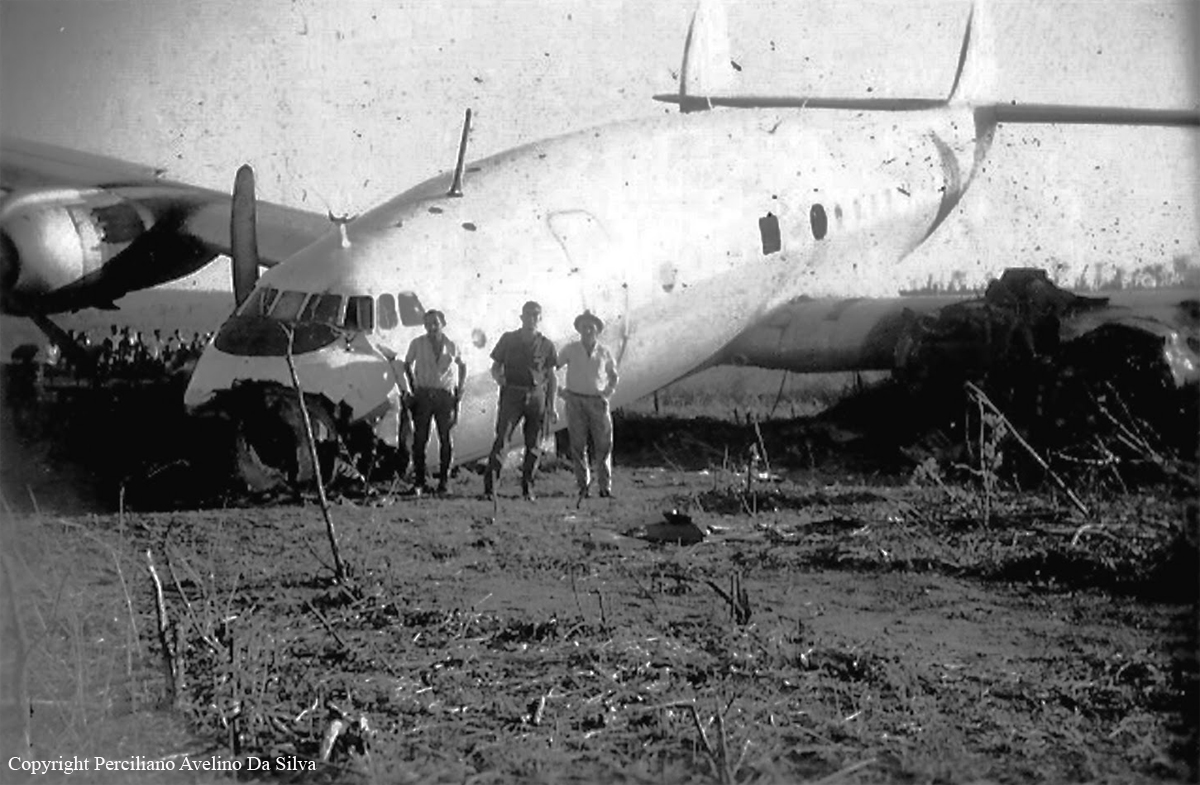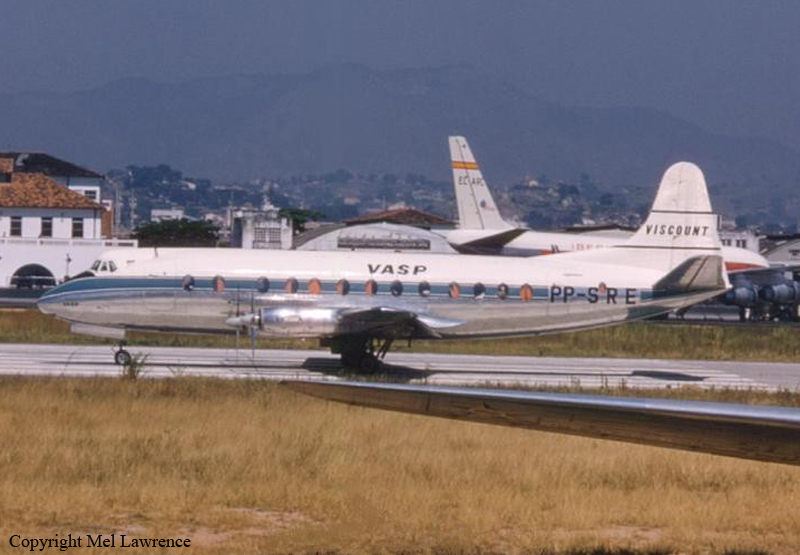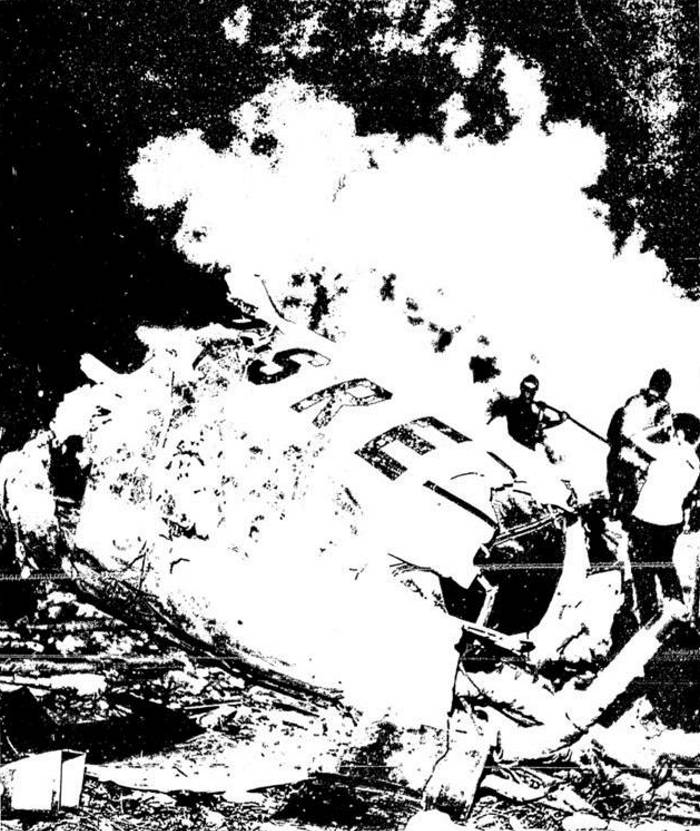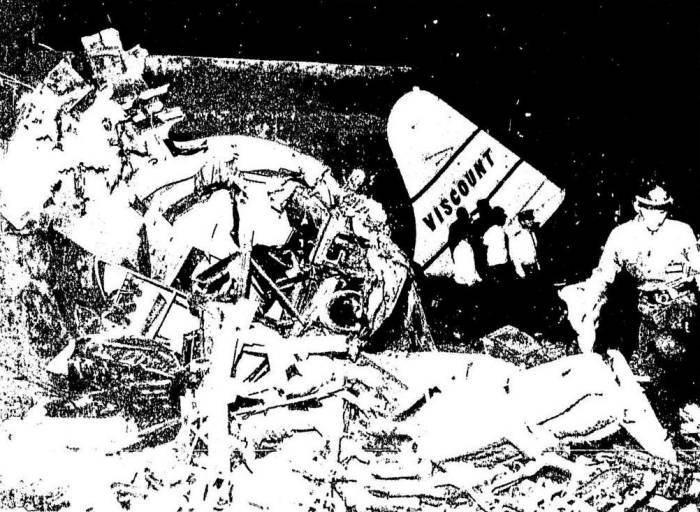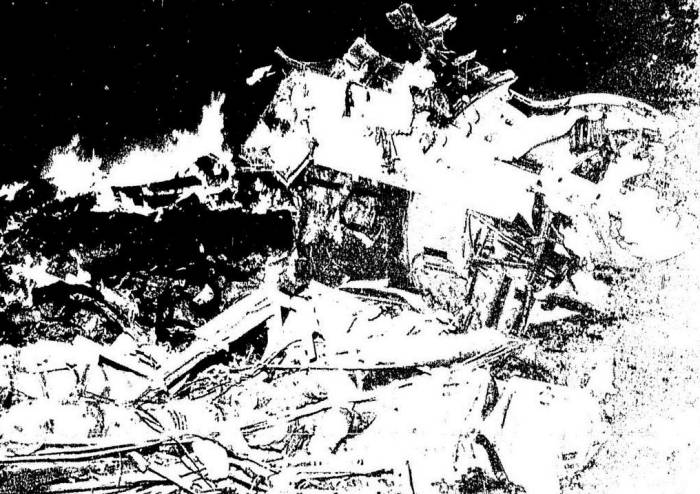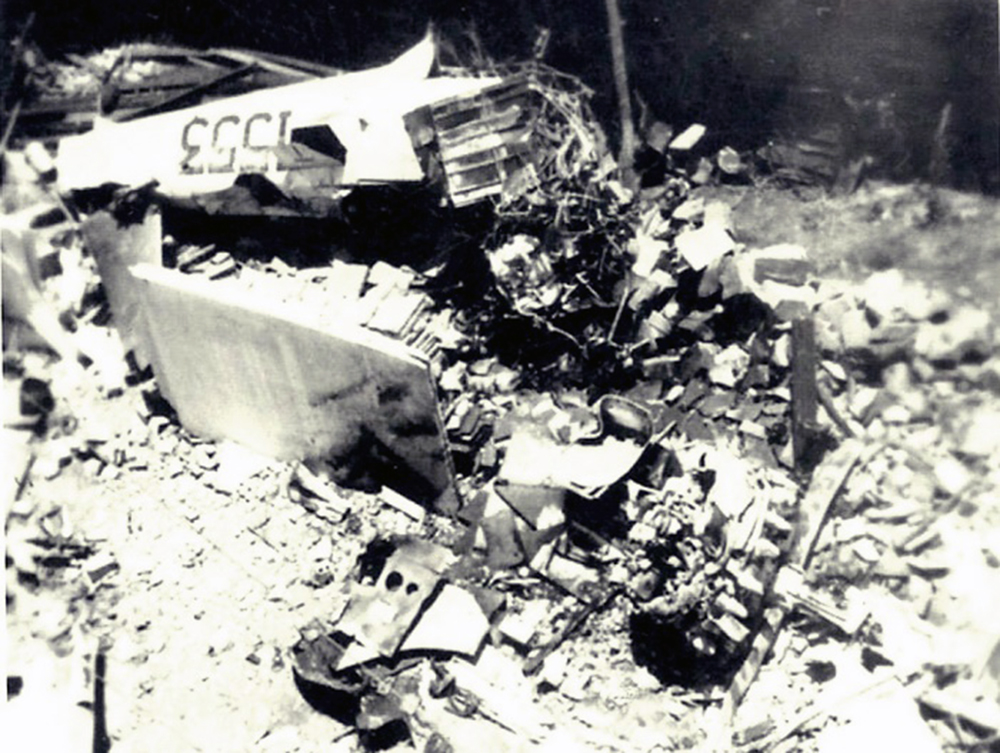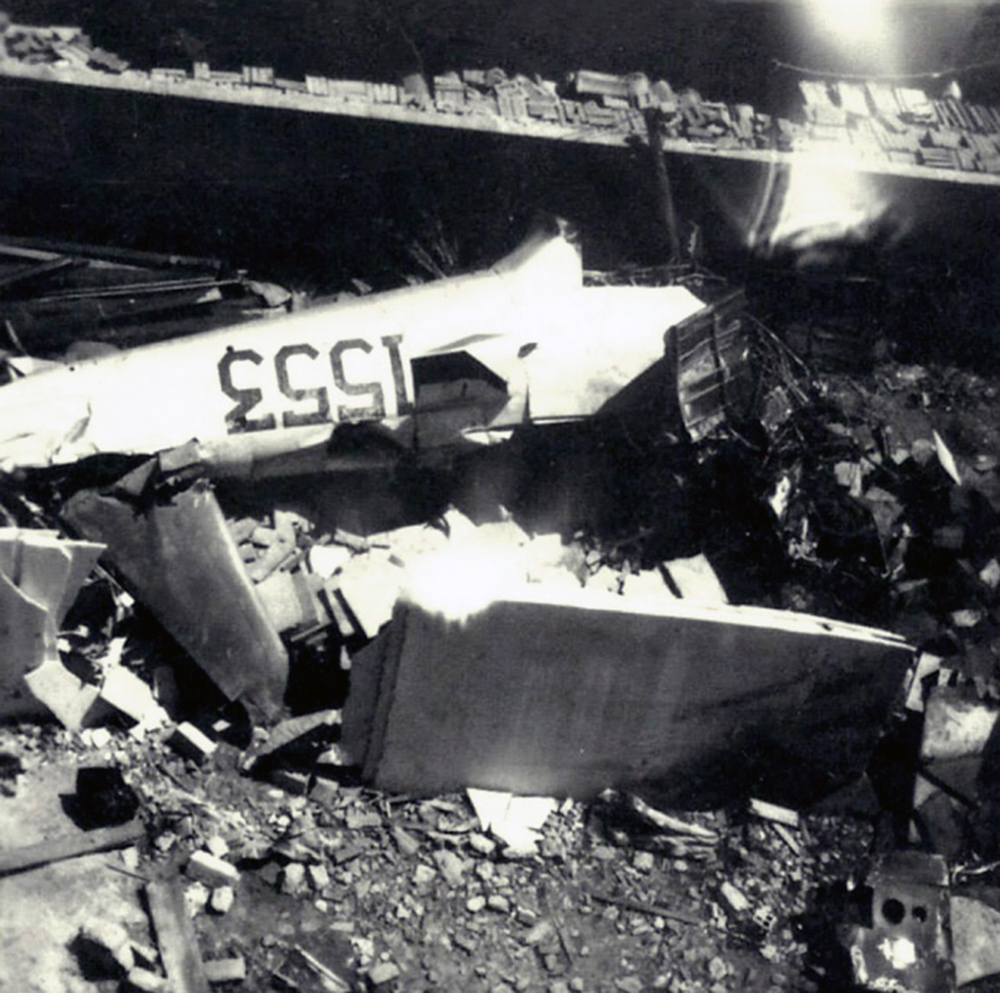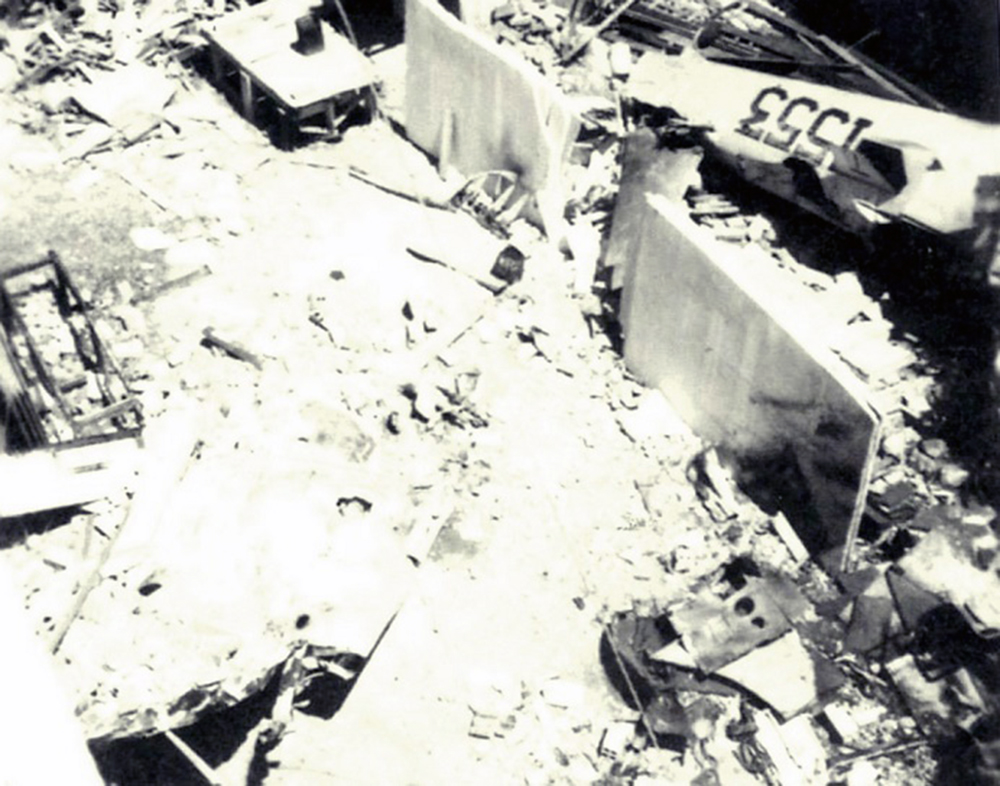Crash of a Swearingen SA226T Merlin III in São Paulo
Date & Time:
Sep 27, 1971
Registration:
PT-DUX
Survivors:
Yes
MSN:
T-215
YOM:
1971
Crew on board:
1
Crew fatalities:
Pax on board:
4
Pax fatalities:
Other fatalities:
Total fatalities:
0
Circumstances:
Crashed in unknown circumstances shortly after takeoff from São Paulo-Congonhas Airport. The airplane was destroyed and all five occupants were injured.



